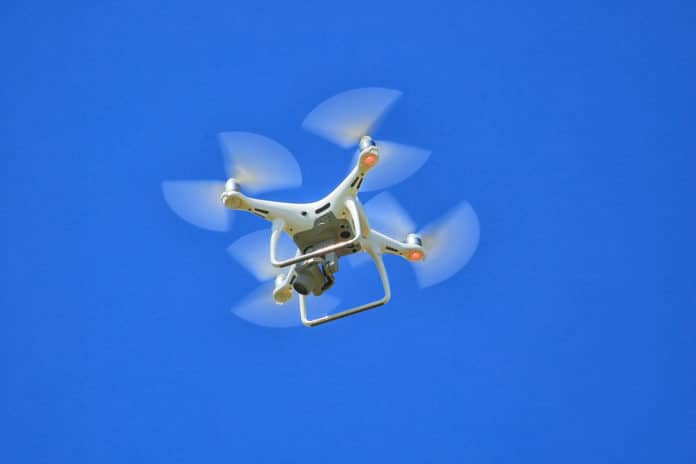We already know the role that drones have played in China during the peak of the coronavirus pandemic, either by distributing medicines, disinfecting the streets, or warning people who don’t wear masks or break the rules of lockdown. After being circumvented in the East Asian country, the technology is now being used in several European countries hit hard by Covid-19, starting with France and Spain.
Now, the University of South Australia (UniSA) plans to go even further by creating a “pandemic drone,” that can be used in the COVID-19 epidemic. The UniSA team is working with the Canadian drone technology company Draganfly to develop a drone capable of remotely monitoring and detecting people with infectious respiratory conditions.
The pandemic drone will be equipped with specialized sensors and computer vision system that can monitor temperature, heart and breathing rate of people in crowds, offices, airports, and other places where the group of people may work. According to its developers, the drone in question will even be able to detect people who sneeze and cough in the crowd, thanks to the new algorithm developed that can interpret human actions.
The drone was originally unveiled by Professor Javaan Chahal, who is now leading the UniSA team, in 2017. At that time, they demonstrated image-processing algorithms capable of determining a person’s heart rate from drone video. Since then, he has perfected and extended this technology, ensuring that drones can now measure heart rate, breathing rate as well as sneering and coughing with high accuracy within the radius of 5-10 meters around people at a maximum distance of 50 meters.
“The technology could be a viable screening tool for the COVID-19 pandemic,” says Professor Chahl. “It might not detect all cases, but it could be a reliable device to detect the presence of the disease in a place or in a group of people.”
Cameron Chell, CEO of Draganfly, says his company will use its sensor, software, and engineering expertise to work with UniSA to integrate and immediately start deploying this technology for government, medical, and commercial customers.
“Now, shockingly, we see a need for its use immediately, to help save lives in the biggest health catastrophe the world has experienced in the past 100 years,” says Chahl in the press release.
